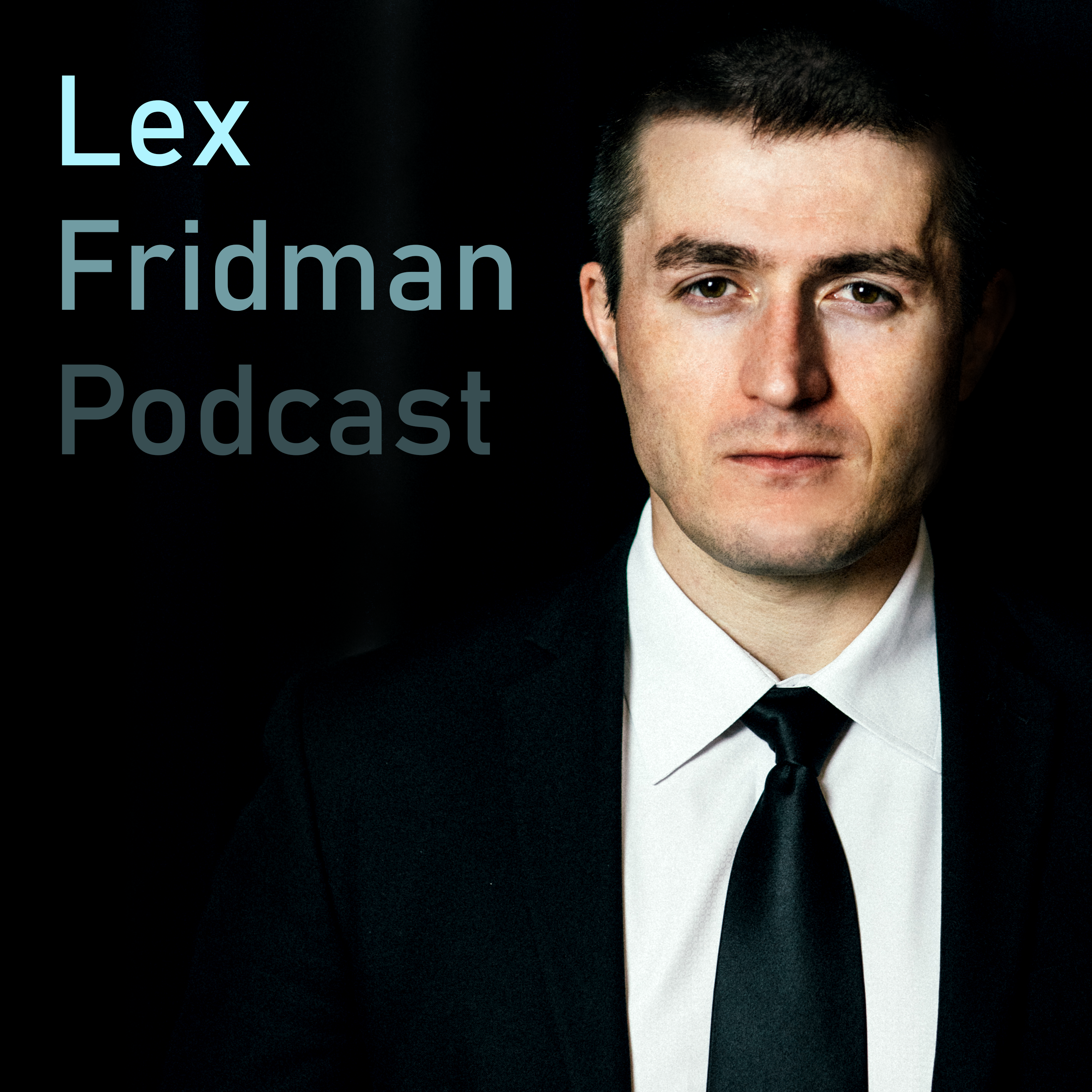Chapter

The Future of Programming: Parallelization
The design of programming languages need to consider massive parallelization as a first principle to enable running machine learning on current and future hardware like TPUs and ASICs. New code formatting tools need to be invented to support this new paradigm.
Clips
Jim Keller believes that there's still a lot of potential left for innovation in the field of physics, despite the common belief that Moore's Law is dead.
1:27:41 - 1:29:58 (02:16)
Summary
Jim Keller believes that there's still a lot of potential left for innovation in the field of physics, despite the common belief that Moore's Law is dead.
ChapterThe Future of Programming: Parallelization
Episode#131 – Chris Lattner: The Future of Computing and Programming Languages
PodcastLex Fridman Podcast
The discussion revolves around changing programming models, with a special focus on parallelization becoming the primary principle for designing CPU, GPU, and transistors.
1:29:58 - 1:32:22 (02:24)
Summary
The discussion revolves around changing programming models, with a special focus on parallelization becoming the primary principle for designing CPU, GPU, and transistors. It highlights different programming languages like CUDA and how they facilitate parallel programming.
ChapterThe Future of Programming: Parallelization
Episode#131 – Chris Lattner: The Future of Computing and Programming Languages
PodcastLex Fridman Podcast
This episode discusses the challenges of designing languages for machine learning on current and future hardware, including the need to address domain problems like circuits and code formatting tools.
1:32:22 - 1:35:10 (02:47)
Summary
This episode discusses the challenges of designing languages for machine learning on current and future hardware, including the need to address domain problems like circuits and code formatting tools.